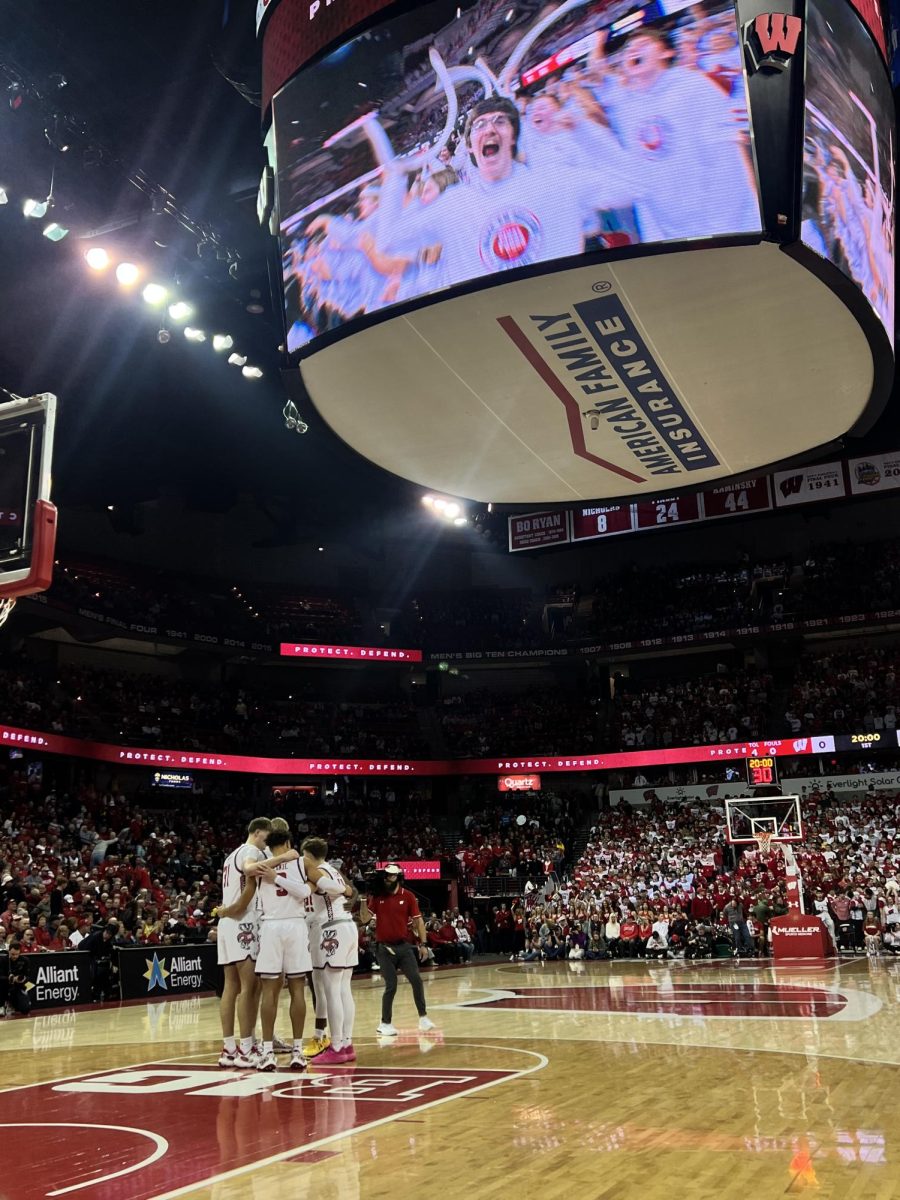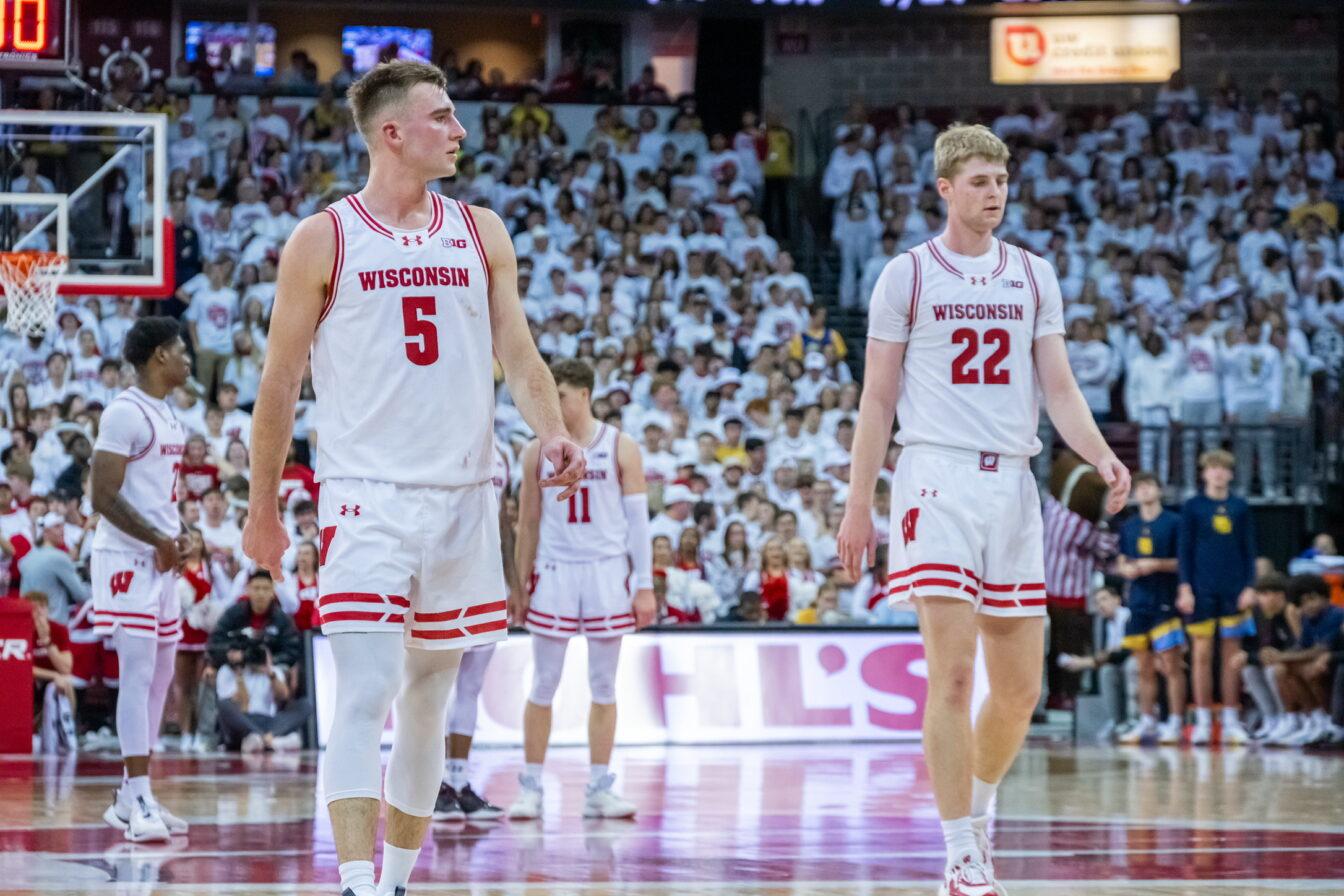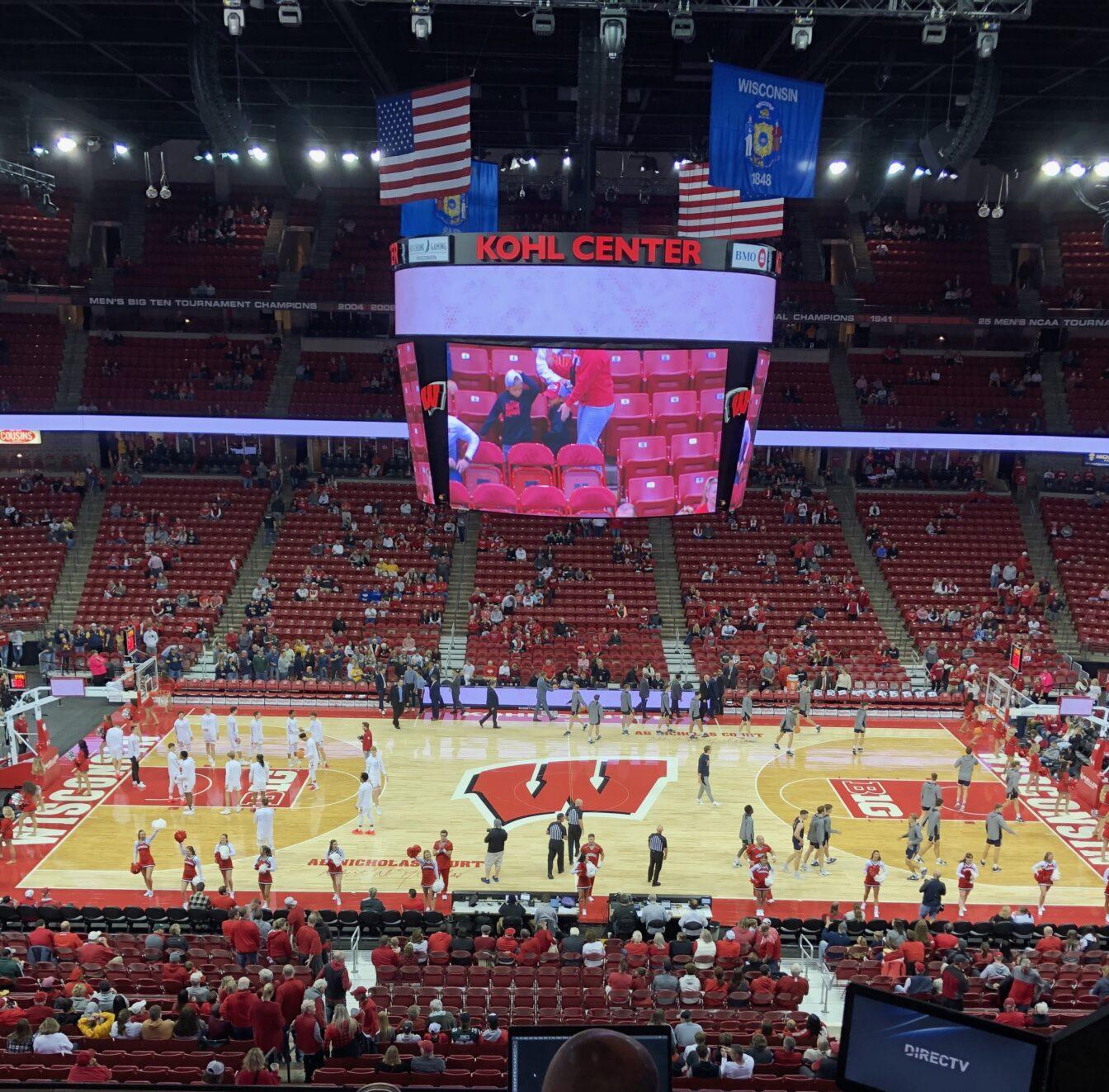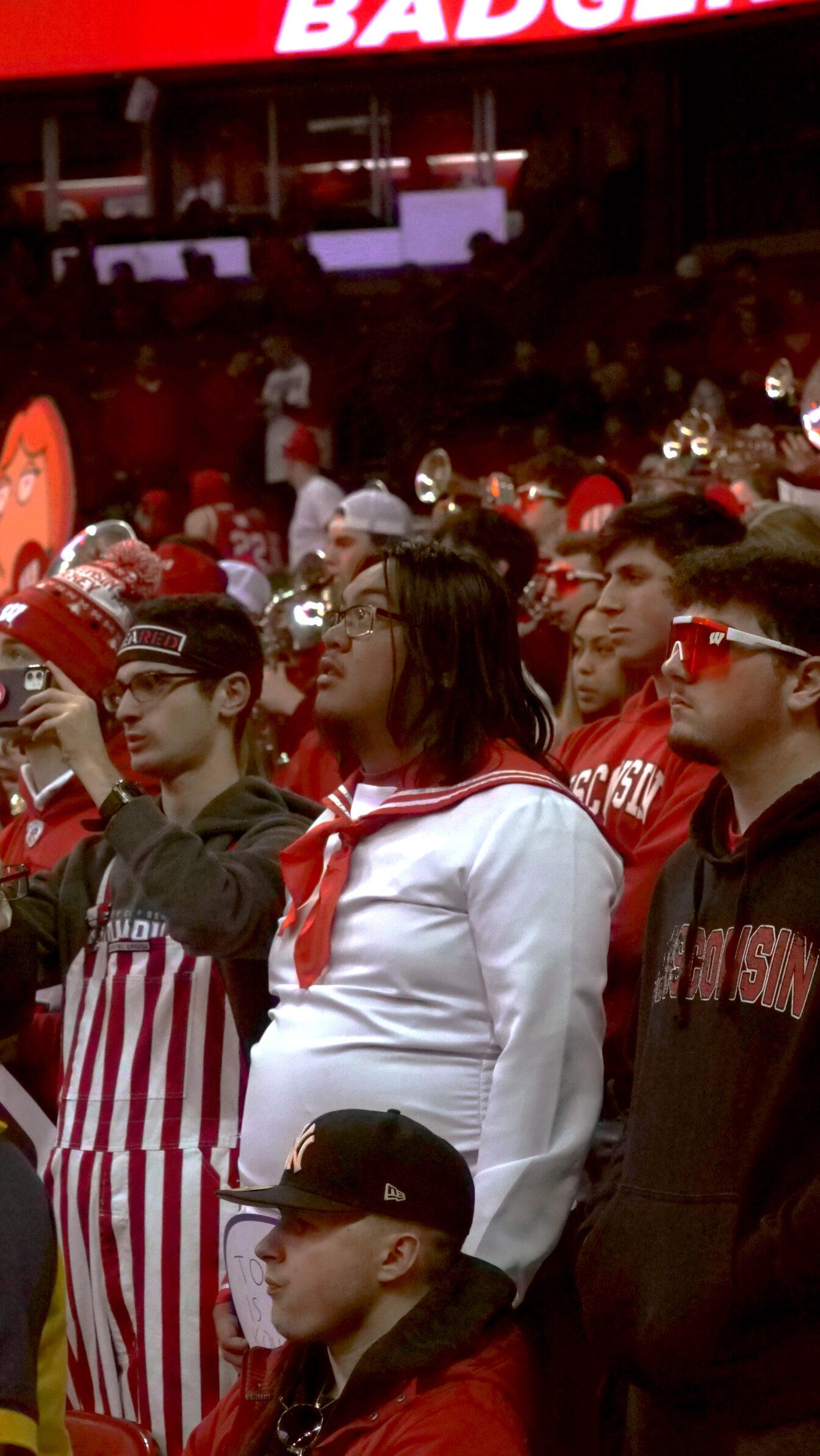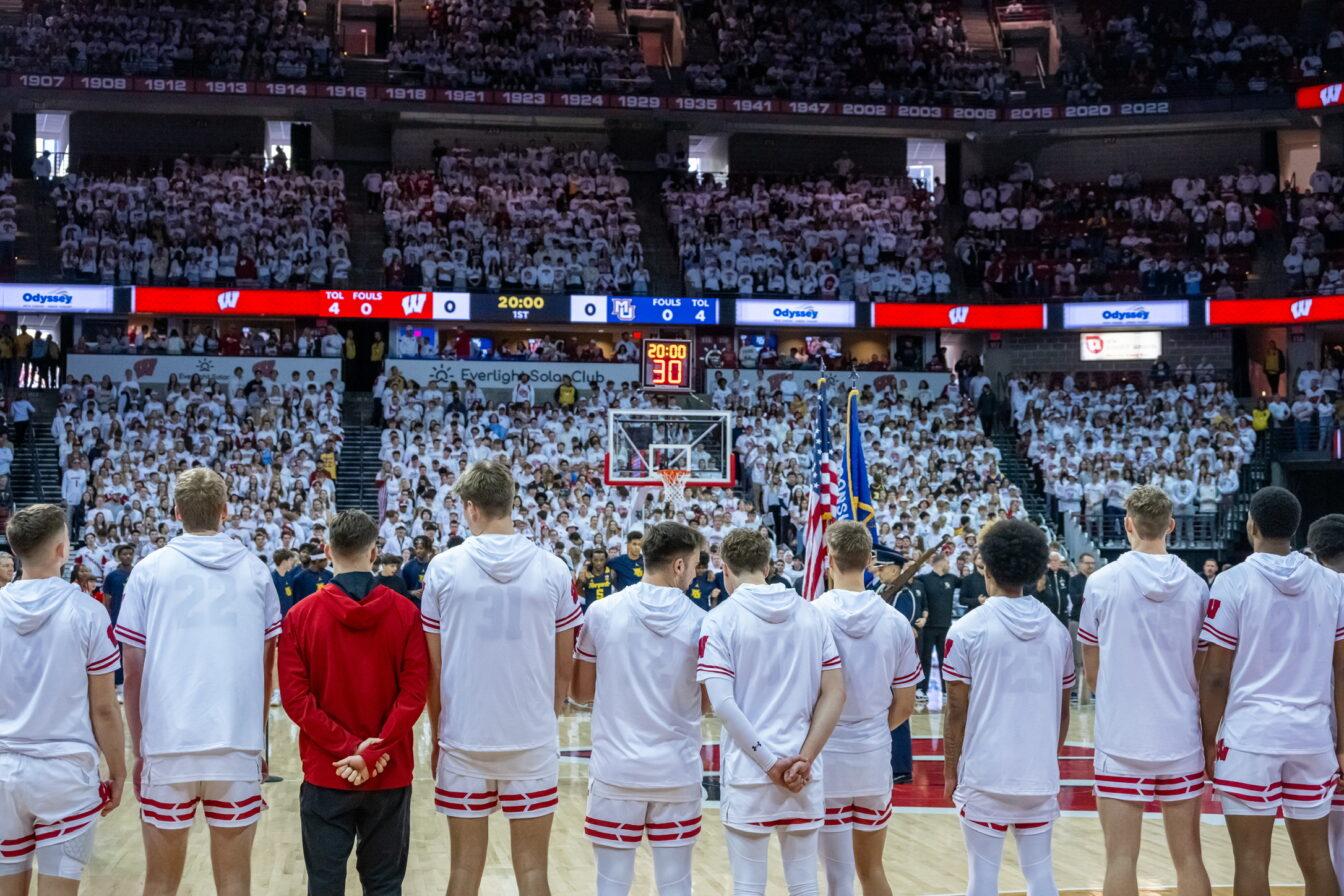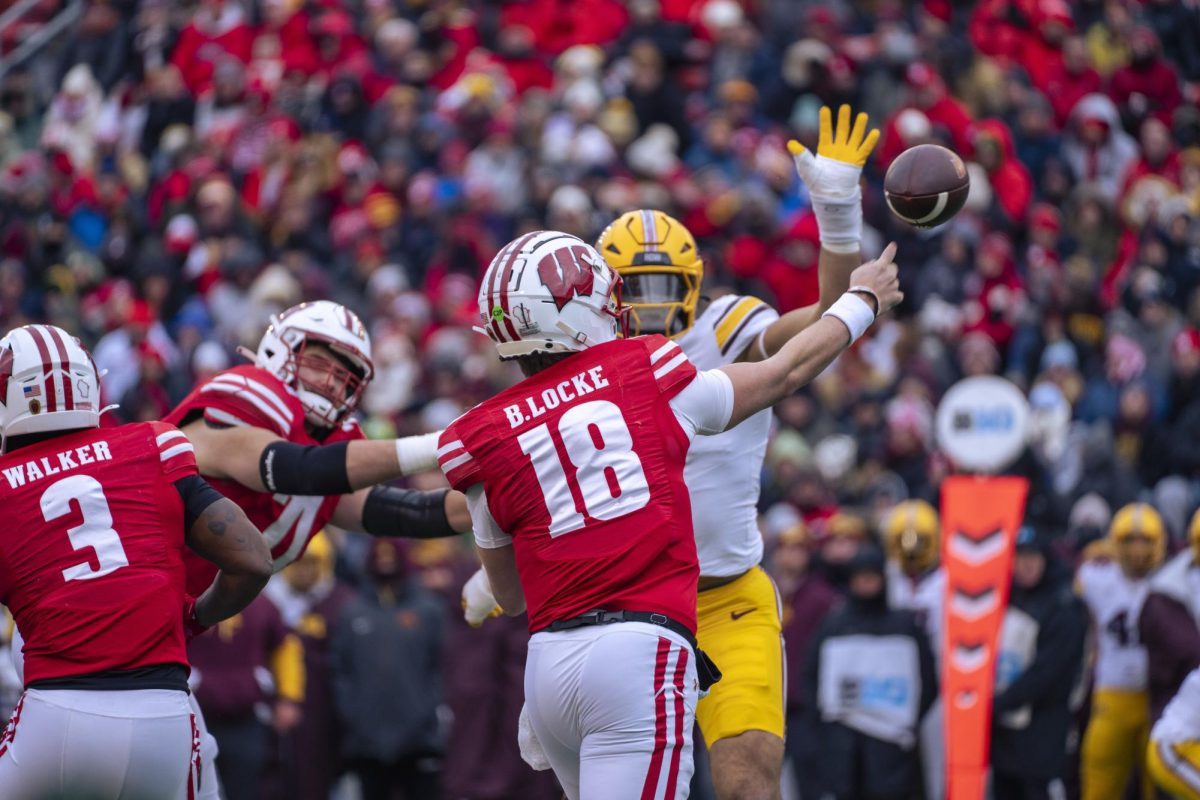Over the past decade, the University of Wisconsin men’s basketball program has been among the NCAA’s most consistent.
Wisconsin has appeared in the NCAA Tournament nine times in the past 10 years, including two trips to the Final Four. Also, the Badgers are tied for the seventh most NCAA Tournament wins (18) and have made six trips to the Sweet 16. Though Wisconsin has been a model of consistency, they still aren’t regarded as one of college basketball’s “blue bloods.” The question is, why?
The Badger Herald listed five reasons why the Badgers still aren’t considered in the same breadth as the nation’s elite.
They still haven’t won the big one
While Wisconsin has been tremendously successful, particularly over the 21st century, they still haven’t been able to win a national championship. The Badgers’ haven’t won a national championship since 1941.
It seemed that Wisconsin was going to end its 79-year-drought during the 2014-2015 season. Two days after knocking off undefeated Kentucky, the Badgers squared off in the national championship against Duke. Though Wisconsin controlled most of the game, they ultimately fell short 68–63 after squandering a nine-point lead with just over 13 minutes left in the second half.
Though Wisconsin constantly competes for a national championship year in and year out, it’s hard to consider the program a “blue-blood” until they win the big game.
Men’s Basketball: Way too early Big Ten rankings for 2020-2021 basketball season
A regional pipeline of recruiting
Don’t get me wrong, Wisconsin does a great job in the off-season of finding players that fit their system, but to play devil’s advocate, they struggle securing commitments from blue-chip prospects. According to 247 Sports, Wisconsin’s last five-star commitment was Sam Dekker. Also, UW currently only has two players on their roster that were ranked in 247’s top 100 recruiting rankings per class — Ben Carlson and Nate Reuvers.
Historic programs like Duke, North Carolina and Kentucky seem to reload with talent each year, as the Wildcats have commitments from six players ranked in the top 100 in their 2020 class.
Though Wisconsin stockpiles talent, it’s difficult to consider them a blue-blood when they struggle to grab the “can’t miss” prospect.
A smaller pool of NBA players
Former Badger great and 2014-2015 National Player of the Year Frank Kaminsky is currently the only Badger playing in the NBA today.
Kaminsky and his counterpart Dekker were the last two players selected in the first round of the NBA Draft in 2015.
There hasn’t been a Badger selected in the draft since Dekker and Kaminsky. Contrarily, blue-blood programs seem to reload each year with NBA talent. While Wisconsin’s team normally consists of upperclassmen, blue-blood programs tend to heap their rosters with one-and-done McDonald’s All-Americans.
Wisconsin’s struggle to produce NBA talent makes it difficult to mention the program in the same breath as blue-bloods who consistently produce franchise-altering players.
Men’s Basketball: Constructing Wisconsin’s team for 21st century
Lack of prime time games
To be a blue-blood, a team has to always be in the spotlight. Yes, Wisconsin does play in the Big Ten and is regarded as one of the best conferences in the country, but they aren’t scheduled in as many prime time slots as the other elite basketball programs.
For example, ESPN’s “College Gameday” is a program that travels to venues across the country previewing the week’s top game. In the show’s 15-year history, the Badgers have only been featured twice, while Duke and North Carolina have appeared a record 24 times.
The lack of prime time exposure makes it difficult for Wisconsin to showcase their tremendous campus and fanbase, things that they could pitch to recruits. Being away from the spotlight also makes it difficult to associate Wisconsin as a top-tier program.
Their program tradition isn’t on the same level
Looking at iconic programs like Duke, Kentucky, North Carolina and Kansas, all programs have sustained decades of success. Up until the 21st century, Wisconsin struggled. From 1980-2000, the Badgers only appeared in four NCAA Tournaments and only reached one Final Four.
Over that time, Wisconsin also endured a 13-year drought without participating in March Madness. To be considered one of the nation’s elite, a program must sustain success for a long time.
Though the Badgers have had a great run during the 21st century, they need to continue to build off their recent success to be considered a blue-blood. If Wisconsin continues to win pivotal games, they can continue to build up their program’s tradition.
Men’s Basketball: Could Badgers really have captured 2020 national title?
During the 21st century, the Wisconsin men’s basketball team has been one of the nation’s most consistent.
Though the Badgers have consistently competed for conference and national championships, the program still has a way to go to be considered a “blue-blood” program.



